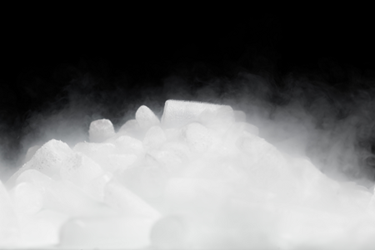How Controlled Freezing Becomes Reality

In Biopharma manufacturing, substances are being stored, frozen and transferred in bulk day in day out. The operation of different production and fill & finish locations is a given fact, and the industry requires a logistics process that is capable of dealing with the challenges associated with remote production sites.
The most crucial aim is to transport the active pharmaceutical ingredient, either highly sensitive proteins, mRNA, mABs, ADCs or other biopharmaceutical structures, from A to B at the highest quality possible. The final quality is highly dependent on the process step of freezing & thawing and relies on a reliable cold chain all throughout storage and shipment of frozen BDS. During freezing, the product is exposed to stress that leads to a loss of protein activity.
Different approaches favoring cost-effectiveness, speed of performance, quality of freezing, suitability for cold chain temperature, robustness of packaging, etc. have led to different options for manufacturers. The urge to amplify scalable production options leads to a phasing out of conventional freezing procedures that utilize cryovessels or static freezers. Single-use systems are a trend, offering the best solutions for the industry.
What is still perceived as an unsolved issue due to lack of real-world evidence is the fact that freezing can be controlled, thus allowing for full scalability of frozen storage & shipment.
In this study performed by Single Use Support and the Department of Bioprocess Technology at the Technical University of Vienna, they investigated the impact and outcome of the freezing rate or ice front growth speed, to be more precise.
Get unlimited access to:
Enter your credentials below to log in. Not yet a member of Bioprocess Online? Subscribe today.
